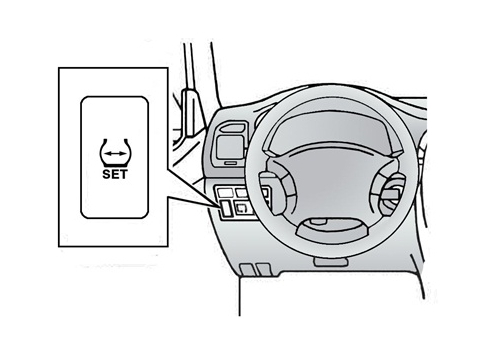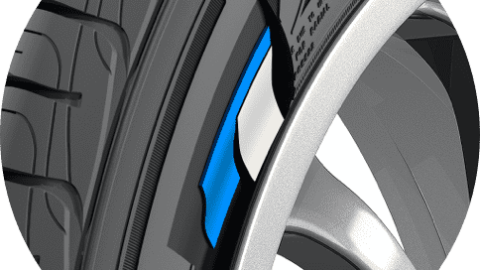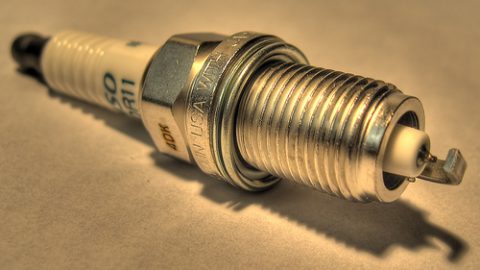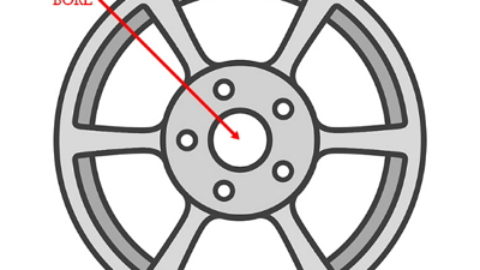Tire Pressure Monitoring System, also you can call it TPMS, is created for warning about changing the tire pressure. A large amount of fuel is consumed at low pressure tire. Moreover, the vehicle may drop out of the control. In order to avoid such troubles you should get TPMS – tire pressure monitoring systems. The pressure drop fixing will occur with help of sensors, which give a warning for the driver.
Resetting Tire Pressure Sensor
- Determine the type of TPMS system. If your car uses a direct system, resetting the tire pressure sensors may be as simple as pushing a reset button on the dash or following a menu as indicated in your owner’s manual. If your car uses an indirect system, the system must be reset using a magnet or scanning tool by either a dealer or one you have bought yourself. Some systems have a reset button inside the glove box that needs to be pressed and held down for three seconds with the ignition on.
- Inflate the tires. Make sure all tires are properly inflated. Remember you are setting the sensors back to “zero” so all tires must be properly inflated otherwise the sensors will not be calibrated properly and their readings will be incorrect.
- Check the battery. If your car uses a battery to power the sensor, be sure that it is not dead. It is a good idea to replace the battery every five years. Sometimes this requires replacing the entire sensor unit since the battery is built-in.
- Recalibrate the transponders. Each wheel has its own transponder. Rotating the wheels changes the location of each responder and the TPMS must learn their new locations. This relearning procedure differs from vehicle to vehicle but may be found in the TPMS chart in your manual or online. It is a good idea to change valve stems when getting new tires if the valve stems are also the tire pressure sensors.
- Use the magnet method. With the key on but the engine off, press both the lock and unlock buttons on the key fob. After an initial chirp, place a magnet over each of the valve stems until the horn chips for each one in this order: left front, right front, right rear and left rear. Verify that the pressure readings are displayed on the driver information center. Use the scan tool method. If no sensors are being replaced, you can follow the menu prompts for TPMS Reprogramming Procedure listed in the owner’s manual.

Resetting Tire Pressure Sensor
History of TPMS begins at 90s, when the USA conducted a number of studies, which showed that fuel consumption increased by tire pressure drop. Also, it reduces the tire work period. Thanks to these studies, the companies started creating Tire Pressure Monitoring System. A few years later they could release pressure sensors.
There are also sensors, which installation can be carried out independently without any additional service just using special tool. It’s enough to fasten sensors to the wheel valve and check its functioning.
The sensors can be placed at systems of direct or indirect measuring tire pressure.
Direct measuring consists of the antenna and battery. They work at the electronic element. The sensors replace the regular valve at each wheel. Impulses or radio signals transmit the sensor data to the antenna.
Next step is information transmission to the control unit via the antenna. In case of discrepancy, light appears or the information arises on display.
The second type of measuring works by simple principle. The block of ABS system with advanced software is used. When air goes out of the wheel, so this wheel has smaller radius. So because of this reason, it goes shorter distance per revolution than the intact wheel.
The angular velocity sensors calculate traveled distance of each tire per revolution. If sensor readings don’t coincide with the control parameters, so the display light appears.
So if you don’t know how to reset tire pressure sensor, at first, you should know that a vehicle needs a relearn procedure, in order to be ensure that system works properly.
Any car has its own way to reset tire pressure sensor. Though, the principle is the same. For example, if you have Honda CRV, so you should stop your car at first and check tire pressure. Then, turn the ignition key to the “ON” position and find “FUNCTIONS” in the menu. Next step is to press and hold the button “i“. Then you can scroll through the menu and find “LOW TIRE PRESSURE“. So after this you just need to switch this function on.
The tire pressure sensor is a very convenient and useful system, which allows to extend exploitation of your tires, eliminate increased fuel consumption and avoid an accident. But despite these advantages, the pressure sensors have an error by issuing the results.









